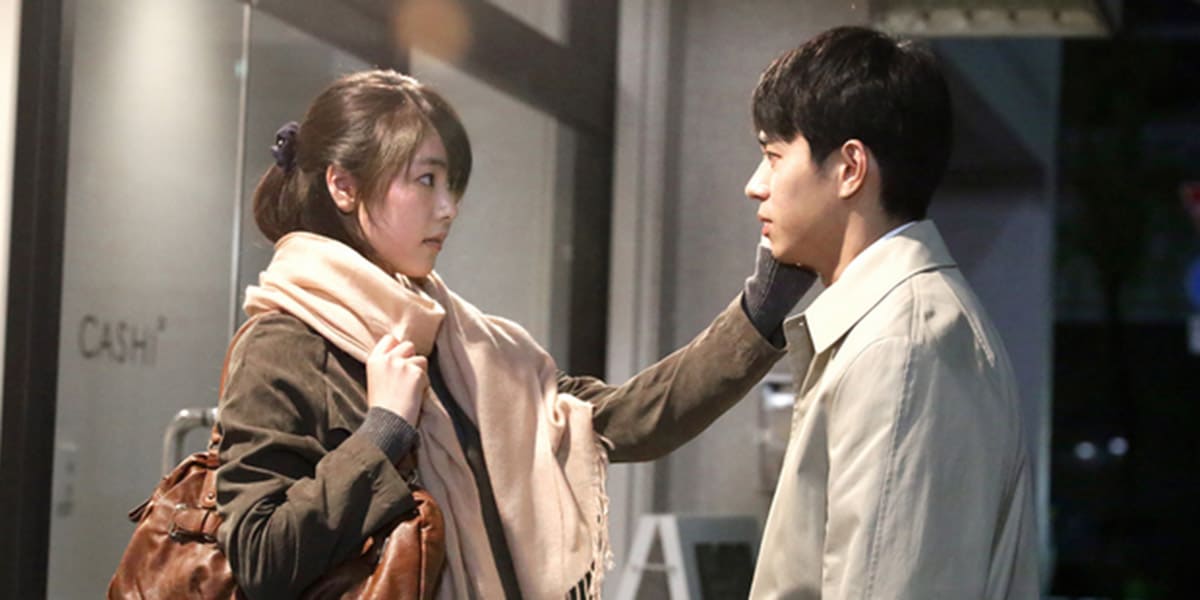In his latest film, Asako I & II, Japanese director Ryusuke Hamaguchi confronts us with a startling warning: change, or risk losing yourself in the world. The film follows the eponymous Asako (Erika Karata), a young, quiet woman, who immediately falls in love with Baku (Masahiro Higashide) upon leaving a photography exhibit in Osaka.
Within the first 10 minutes of the movie, Asako exits the exhibit, locks eyes with the mop-headed Baku, and kisses him amidst the loud pop of firecrackers set off by young kids. It’s a scene straight out of a romance movie. But Hamaguchi’s film is anything but — Asako I & II is a movie that is first and foremost concerned with demonstrating how chaotic personal stasis can be.
The clash between Asako’s previous and current lives is violent, though no punches are thrown and no blood is spilled. The violence comes in the form of decisions: where will Asako ground herself in order to choose her path?
Asako behaves like a whirlwind: indecisive, nervous, compulsive. It is evident that she is disturbed by the task of making choices and participating in the progression of her own life, as opposed to being on the receiving end of the actions or decisions of others. Instead of going with the flow, she must now create it.
Asako is suspended in time. The only indications that suggest the passage of time are her changing friends and the convenient title cards noting how many years have passed. Her best friends get married, become pregnant, move to Singapore, and return. Overall, they lead lives that show personal growth and progress.
Apart from moving in with another character, Ryohei, Asako remains the same. It is unclear whether she works or whether she has any plans for the future. She is a difficult character to care about, let alone root for.

PHOTO COURTESY of TIFF
Asako I & II is subtle in its messaging: instead of blatantly feeding the audience his warning — disguised in obnoxious allegories or through characters alive solely for the purpose of pedalling a motif — Hamaguchi offers us a slice of life. This simplistic approach is effective, though not without its downsides.
The film willingly sacrifices a more dramatic, impactful story in lieu of portraying a very specific and relatively uneventful phase of a life. The viewer is offered no deep monologues or tearful soliloquies — rather, the film is concerned with painting a portrait of Asako, revealing all of her flaws and shortcomings in the subtle details. We are tasked with the responsibility of deriving drama from mundane domesticity: going out to dinner with friends, washing up, volunteering at a fish market.
Instead of a forceful confrontation, the movie is a subdued shrug. It’s a matter-of-fact whisper that, perhaps, dwelling on the past isn’t conducive to a meaningful life. There’s no gut-wrenching pangs nor call for tears at any point in the movie.
In a personal introduction prior to the screening, Hamaguchi, through a translator, implored the audience to stay until the very end so as to listen to the song that plays during the credits. The song, produced by Japanese musician tofubeats, is a wonderful musical highlight in a movie that lacked a score for the majority of its runtime.
Immediately before lively electronic beats accompany the movie’s fade out, Hamaguchi leaves his protagonist with an ambiguous ending. The audience is left with a movie that is poignant and careful in its characterizations and warnings. Ultimately though, it is too subdued and inconclusive to leave a profound and lasting impact.


